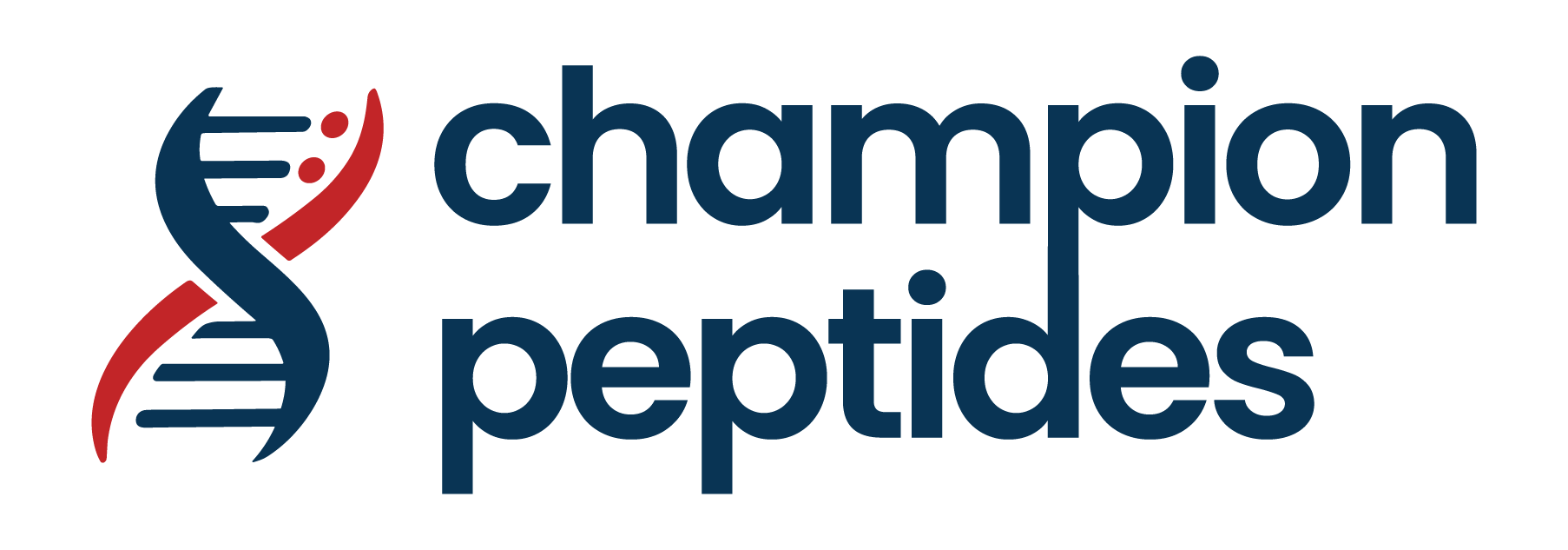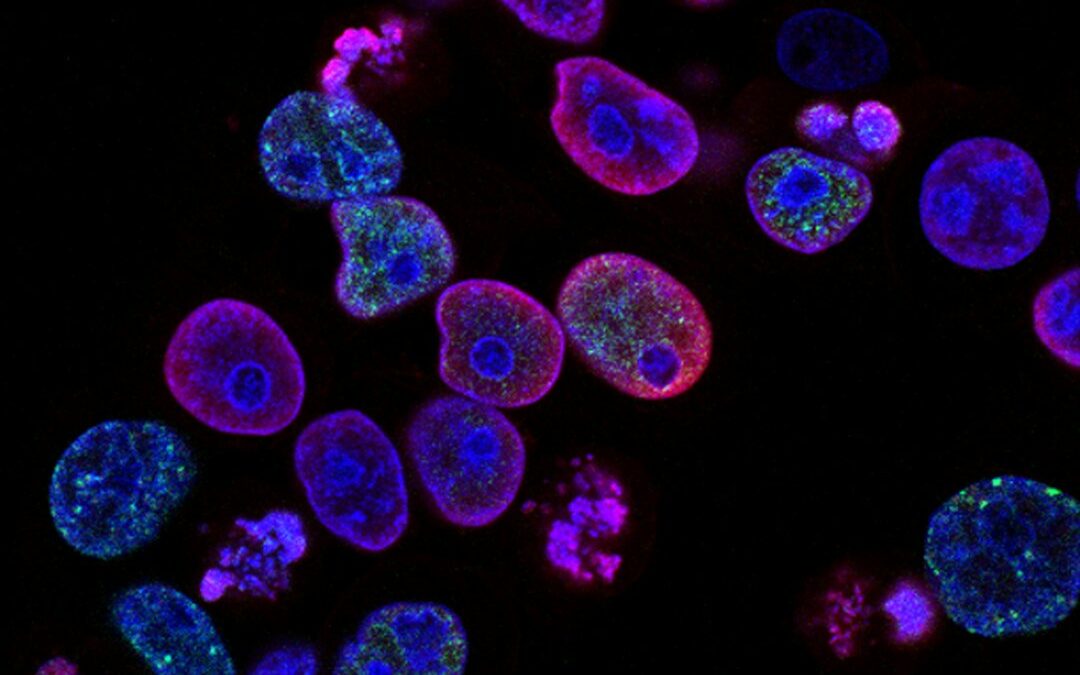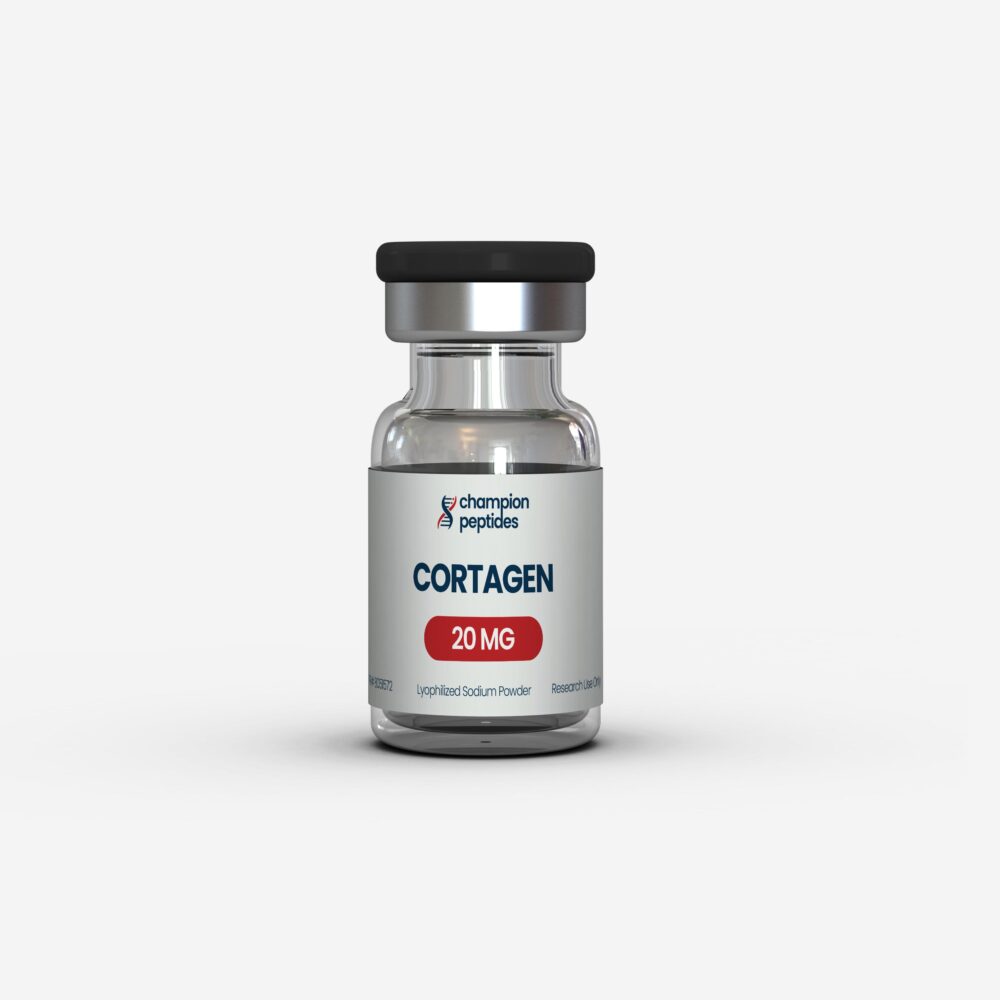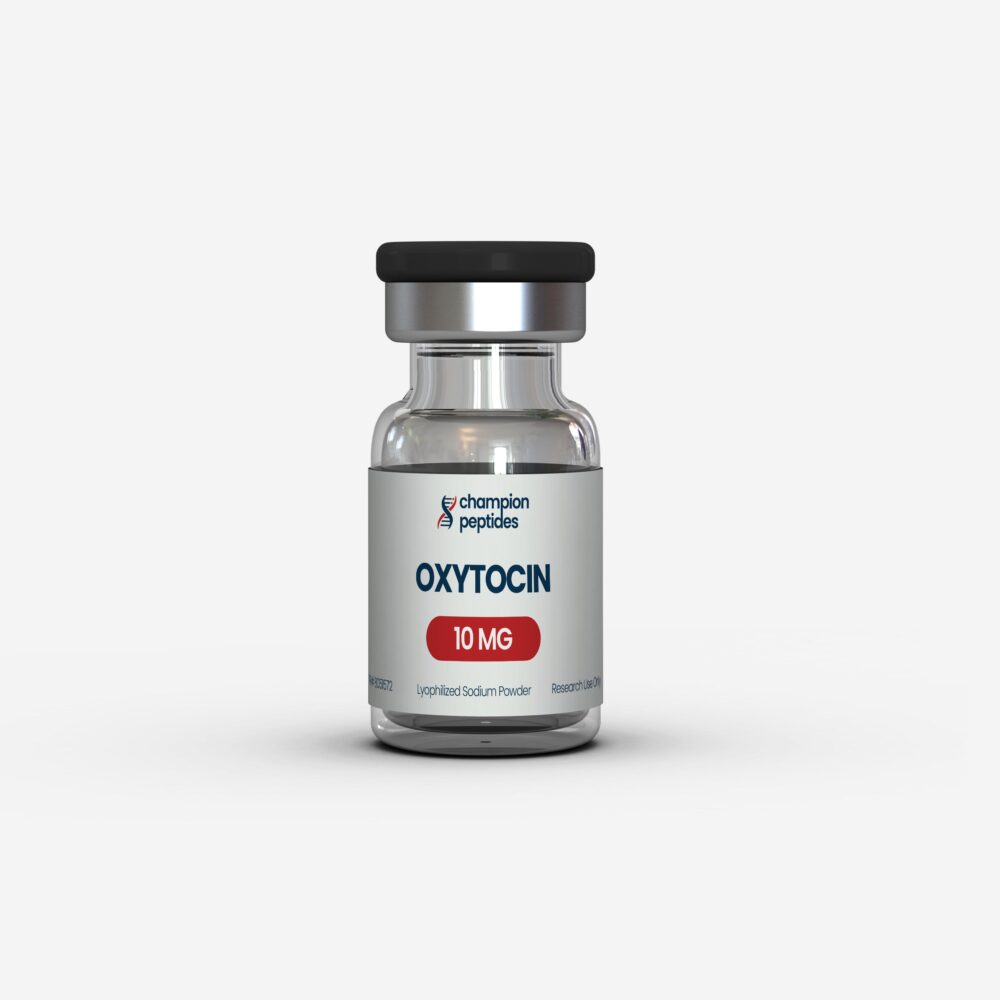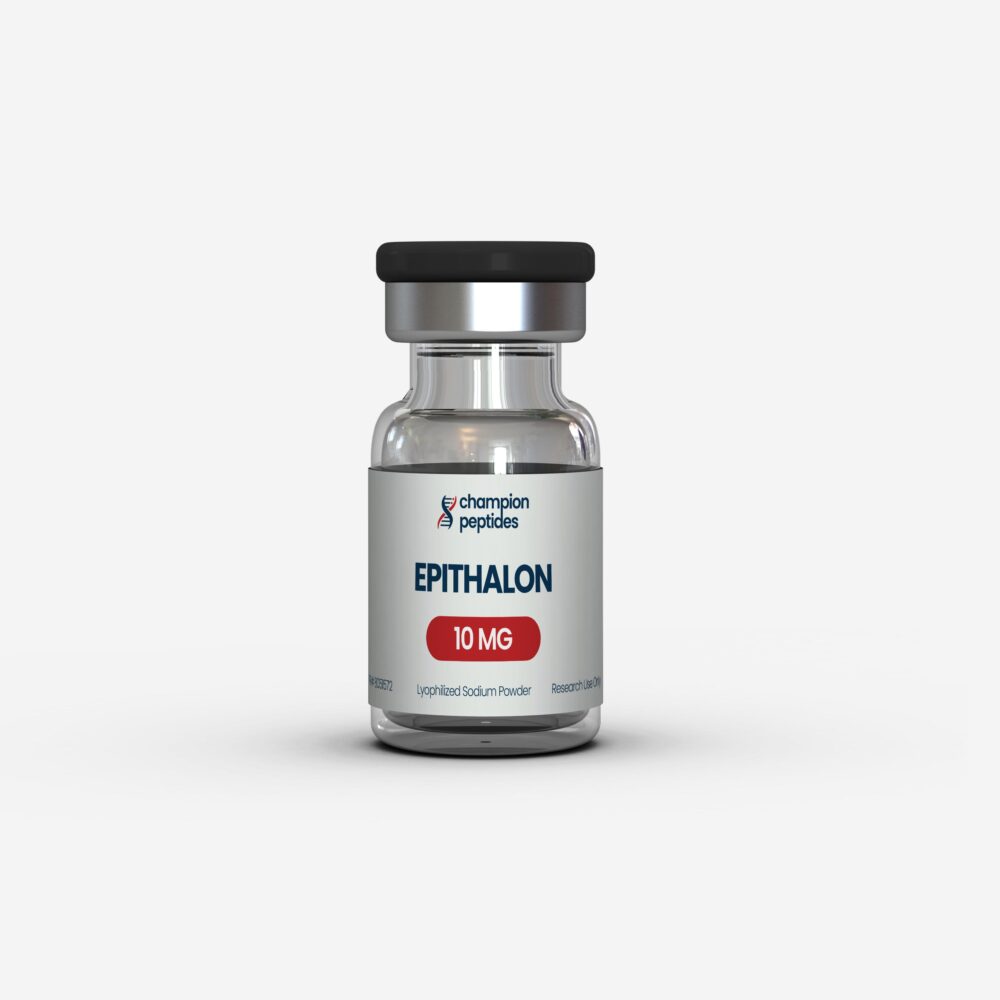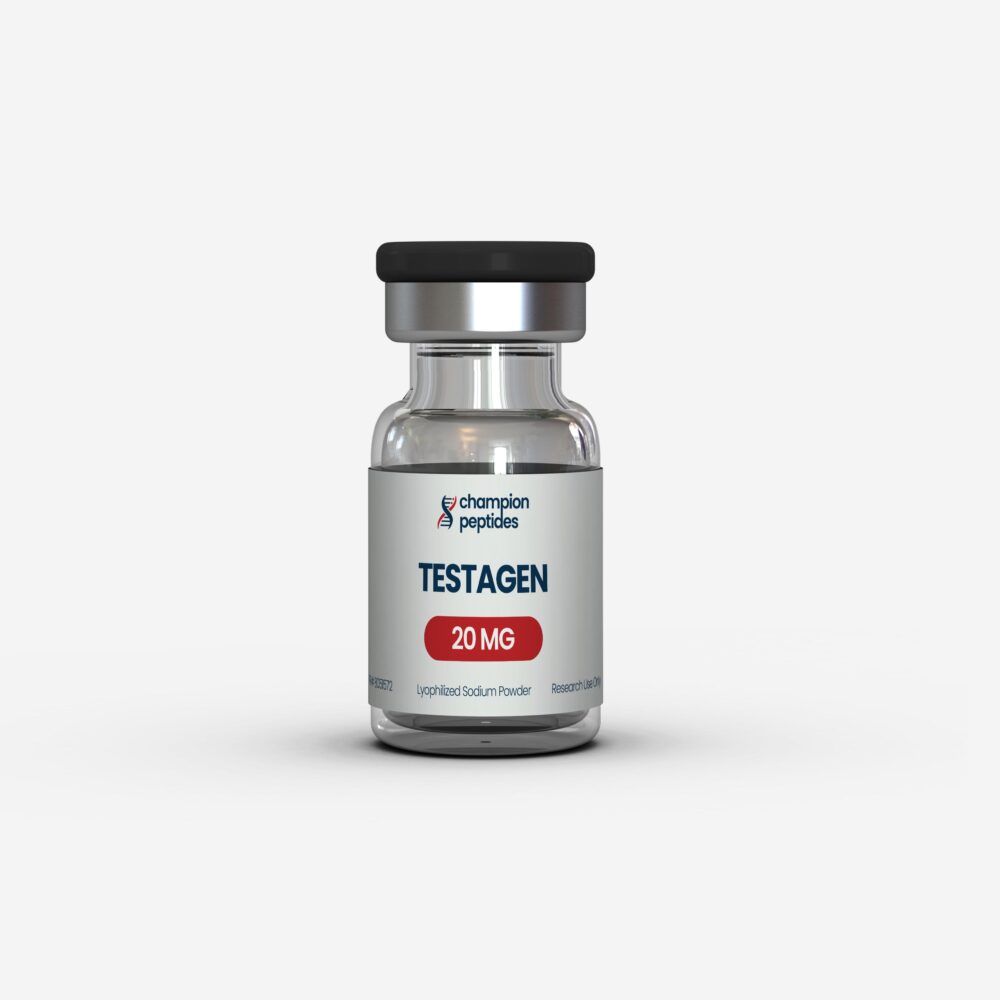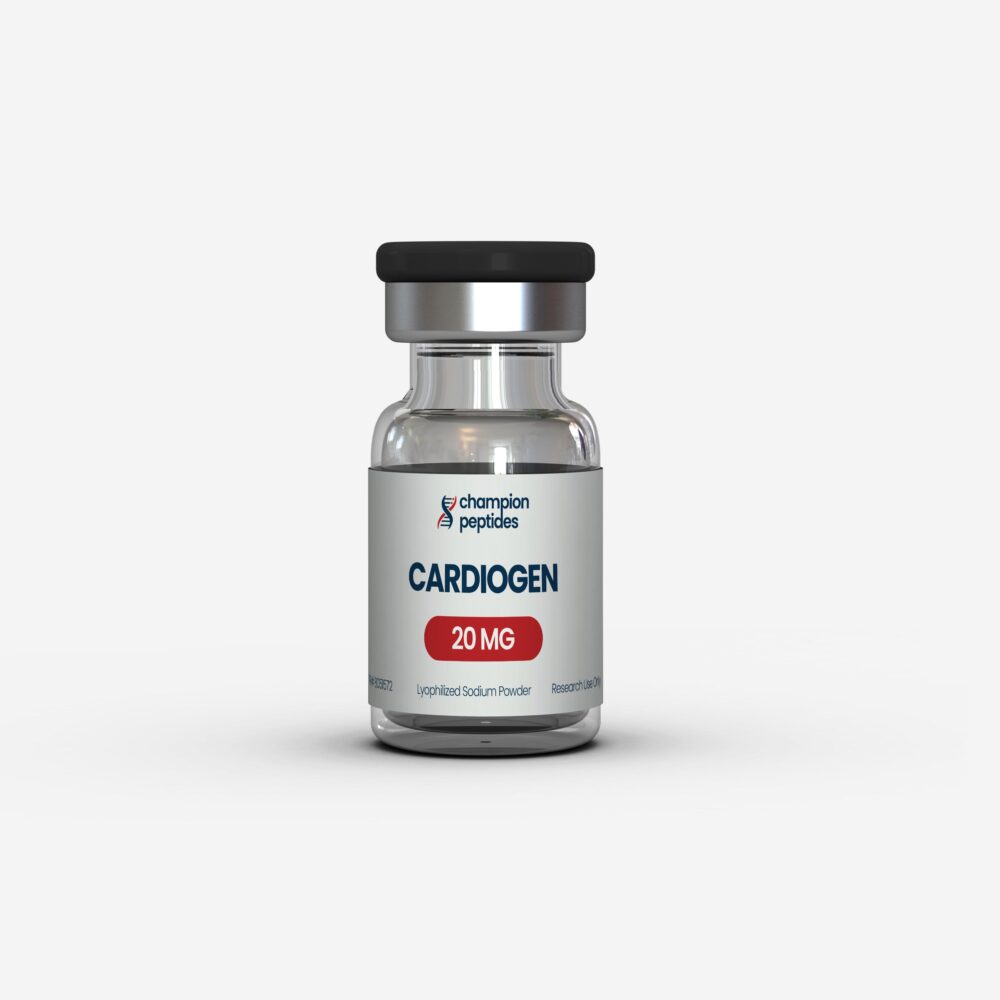CJC-1295 represents a significant subject of analytical research within the field of peptide chemistry and growth hormone-releasing hormone (GHRH) studies. This synthetic peptide analog has garnered considerable attention from research institutions worldwide due to its unique molecular characteristics and the analytical challenges it presents to laboratory scientists.
As a modified version of growth hormone-releasing hormone, CJC-1295 incorporates a functional maleimido group at its C-terminus, allowing it to form covalent bonds with plasma proteins such as serum albumin. This structural modification fundamentally alters the compound’s pharmacokinetic properties, creating protein conjugates with significantly extended half-lives compared to unconjugated peptides.
Research scientists studying CJC-1295 have identified several key areas of investigation. The compound’s ability to stimulate growth hormone production from the pituitary gland has made it a valuable tool for understanding endocrine system regulation. Laboratory studies have demonstrated that CJC-1295-protein conjugates can maintain biological activity for extended periods, with some research indicating sustained effects lasting more than six days in experimental models.
The analytical detection of CJC-1295 presents unique challenges for research laboratories. Its tendency to conjugate with various protein substrates, combined with its relatively low abundance in biological samples, requires sophisticated analytical methodologies. Researchers have developed specialized extraction and purification techniques specifically designed to isolate and identify this compound in complex biological matrices.
Current research applications include metabolic studies, analytical method development, and protein conjugation research. Academic institutions studying peptide pharmacokinetics have found CJC-1295 particularly valuable for investigating how chemical modifications affect peptide stability and biological activity. The compound serves as an important reference standard for developing analytical methods capable of detecting modified peptide hormones.
Molecular Structure and Protein Conjugation Mechanisms
CJC-1295 (also known as CJC-1293 in some literature) functions as a growth hormone-releasing hormone analog with distinct molecular modifications that enable protein conjugation. The incorporation of a maleimido functional group at the C-terminus facilitates covalent binding to cysteine residues in plasma proteins, particularly serum albumin. This conjugation mechanism represents a significant advancement in peptide modification strategies for extending biological half-life.
Research has demonstrated that these CJC-1295-protein conjugates exhibit markedly different pharmacokinetic profiles compared to native GHRH or unconjugated analogs. The covalent protein binding effectively creates a depot system, allowing for sustained release and prolonged biological activity. This mechanism has become a subject of intense study for researchers developing long-acting peptide therapeutics.
Advanced Analytical Detection Methodologies
CJC-1295 DAC 5mg is a long-acting GHRH analog that promotes growth hormone release, making it popular in longevity and performance research. (166 kB)
The analytical detection of CJC-1295 requires sophisticated methodological approaches due to several inherent challenges. Recent studies have established that conventional extraction methods often prove inadequate for this compound, necessitating the development of specialized protocols.
Immunoaffinity Purification Approaches
Research published in analytical chemistry journals has detailed the development of immunoaffinity purification methods specifically designed for CJC-1295 detection. These protocols utilize polyclonal GHRH antibodies in conjunction with protein A/G monolithic MSIA™ D.A.R.T.’S® (Disposable Automation Research Tips) for selective capture from biological matrices.
Validation studies have demonstrated limits of detection below 50 pg/mL for CJC-1295, with recovery rates ranging from 19-37%. The method shows adequate specificity, linearity, and precision (imprecision <20%) for research applications. Importantly, these studies have identified the need for careful optimization of immunopurification protocols to account for the protein-conjugated forms of the compound.
Mass Spectrometric Identification Protocols
Liquid chromatography coupled to high-resolution mass spectrometry (LC-HRMS/MS) has emerged as the gold standard for CJC-1295 identification in research laboratories. Recent methodological developments have focused on addressing the unique challenges posed by the compound’s protein conjugation.
One innovative approach involves immuno-affinity capture followed by tryptic digestion prior to LC-MS/MS analysis. This methodology successfully identified CJC-1295 at concentrations as low as 180 pg/mL in equine plasma samples. The tryptic digestion step effectively releases the peptide from its protein conjugates, enabling more reliable mass spectrometric identification.
Multi-Analyte Detection Systems
Research laboratories have developed comprehensive analytical panels capable of simultaneously detecting CJC-1295 alongside other bioactive peptides. These multi-analyte methods employ mixed-mode anion exchange solid-phase extraction cartridges for initial purification, followed by ultra-high-performance liquid chromatographic separation and hybrid high-resolution mass spectrometric analysis.
Validation studies have established limits of detection below 50 pg/mL for CJC-1295 when analyzed as part of these comprehensive panels. The methodology demonstrates adequate specificity, precision, and recovery for research applications, while offering the advantage of simultaneous analysis of multiple peptide analytes.
Metabolic Studies and Biotransformation Research
In vitro metabolism studies have identified multiple metabolic pathways for CJC-1295, with researchers successfully characterizing 19 major metabolites through synthetic reference standards. These metabolic studies are crucial for understanding the compound’s biotransformation patterns and developing comprehensive analytical methods.
Stability studies have revealed important considerations for sample handling and storage. Research has demonstrated that CJC-1295, like other GHRH analogs, exhibits temperature and pH sensitivity, with optimal stability maintained at temperatures ≤4°C and physiological pH conditions.
Regulatory and Anti-Doping Research Applications
CJC-1295 has become a significant focus of anti-doping research, with multiple studies developing detection methods for regulatory compliance. The World Anti-Doping Agency (WADA) has included CJC-1295 in prohibited substance lists, driving the development of sensitive analytical methods capable of detecting the compound at trace concentrations.
Research in this area has established minimum required performance levels (MRPL) for detection methods, with current standards requiring limits of detection at or below 1 ng/mL. These regulatory requirements have pushed analytical method development toward increasingly sensitive and specific detection protocols.
Comparative Analytical Performance Studies
Recent research has conducted systematic comparisons of different analytical approaches for CJC-1295 detection. Studies comparing immunoaffinity purification methods with antibody-free ultrafiltration approaches have demonstrated that while immunoaffinity methods offer superior selectivity, ultrafiltration-based methods can achieve comparable sensitivity with enhanced cost-effectiveness and improved operational efficiency.
These comparative studies have established that ultrafiltration-based methods can achieve limits of detection between 5-25 pg/mL, with enhanced recoveries (59-115%) compared to traditional immunoaffinity approaches. The improved recovery rates and reduced operational costs make these methods particularly attractive for high-throughput research applications.
Laboratory Infrastructure and Technical Requirements
Successful CJC-1295 analysis requires specific laboratory infrastructure and technical capabilities. Research facilities must maintain high-resolution mass spectrometry systems with resolution properties exceeding 100,000 full width at half maximum to achieve adequate analytical performance.
Nano-scale liquid chromatography systems have proven essential for achieving the sensitivity required for trace-level detection. These systems, combined with appropriate sample preparation methodologies, enable the analysis of limited sample volumes while maintaining analytical sensitivity.
Future Research Directions
Ongoing research continues to focus on improving analytical sensitivity and developing more efficient extraction methodologies. Emerging areas of investigation include the development of generic analytical procedures capable of simultaneously detecting CJC-1295 alongside other modified peptide hormones.
Additional research is needed to fully characterize species-related differences in metabolism and elimination, as current studies have identified potential variations between different experimental models. These investigations will be crucial for translating analytical methodologies across different research applications.The analytical chemistry of CJC-1295 continues to evolve, with researchers developing increasingly sophisticated methodologies for detection, quantification, and metabolite identification. These advances support ongoing research into peptide modification strategies and contribute to our understanding of protein-peptide conjugation systems.
For research institutions requiring high-purity CJC-1295 reference standards, Champion Peptides provides analytical-grade materials specifically designed for laboratory research applications. Our CJC-1295 products undergo rigorous quality control testing to ensure consistency and purity for research use.
This compound is available exclusively to qualified research institutions, academic laboratories, and licensed analytical facilities. Proper documentation of research credentials and intended analytical applications is required for all orders. All materials are supplied with comprehensive analytical certificates and must be handled according to institutional laboratory safety protocols.
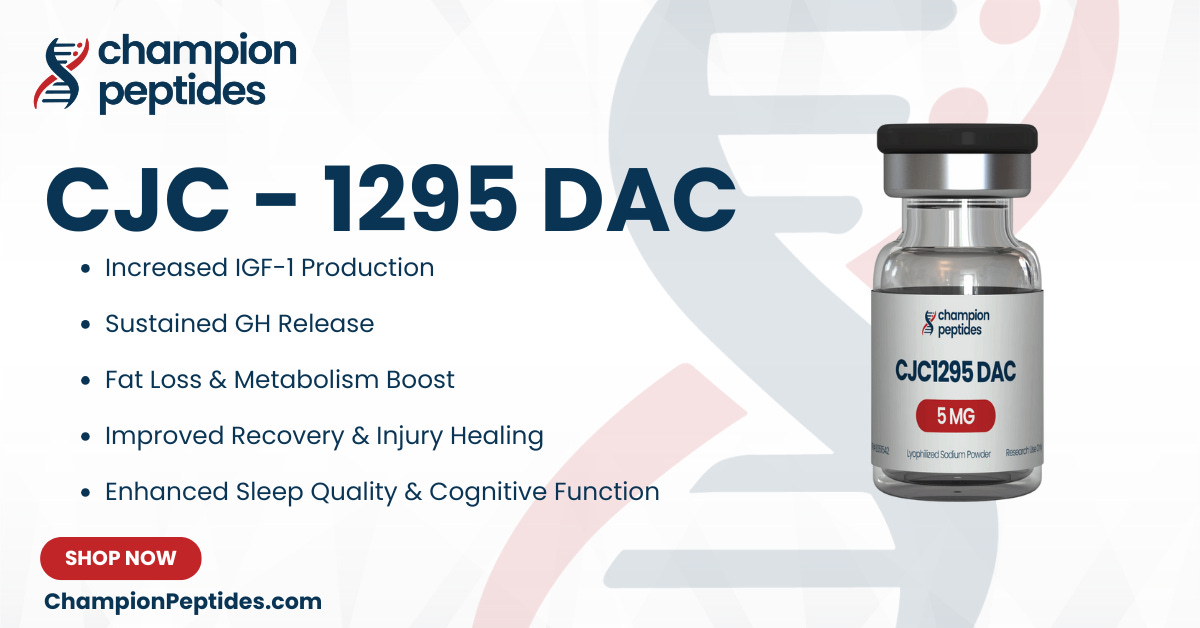
All peptide compounds are manufactured and distributed exclusively for legitimate research purposes by qualified institutions and researchers. Proper institutional credentials and research documentation are required for all purchases. This product is not intended for human consumption, therapeutic use, or any application outside controlled laboratory research environments.
Citation 1: Title: A method for confirming CJC-1295 abuse in equine plasma samples by LC-MS/MS Authors: Not specified in source material Journal: Drug testing and analysis Year: 2019 DOI: PMID: 30938069 URL: N/A Citation 2: Title: Qualitative identification of growth hormone-releasing hormones in human plasma by means of immunoaffinity purification and LC-HRMS/MS Authors: Not specified in source material Journal: Analytical and bioanalytical chemistry Year: 2016 DOI: PMID: 26879649 URL: N/A Citation 3: Title: Doping control analysis of seven bioactive peptides in horse plasma by liquid chromatography-mass spectrometry Authors: Not specified in source material Journal: Analytical and bioanalytical chemistry Year: 2013 Citation 4: Title: An antibody-free, ultrafiltration-based assay for the detection of growth hormone-releasing hormones in urine at low pg/mL concentrations using nanoLC-HRMS/MS Authors: Not specified in source material Journal: Journal of pharmaceutical and biomedical analysis Year: 2022 DOI: PMID: 35298973 URL: N/A Citation 5: Title: Advances in the detection of growth hormone releasing hormone synthetic analogs Authors: Not specified in source material Journal: Drug testing and analysis Year: 2021 DOI: PMID: 34665524 URL: N/A
